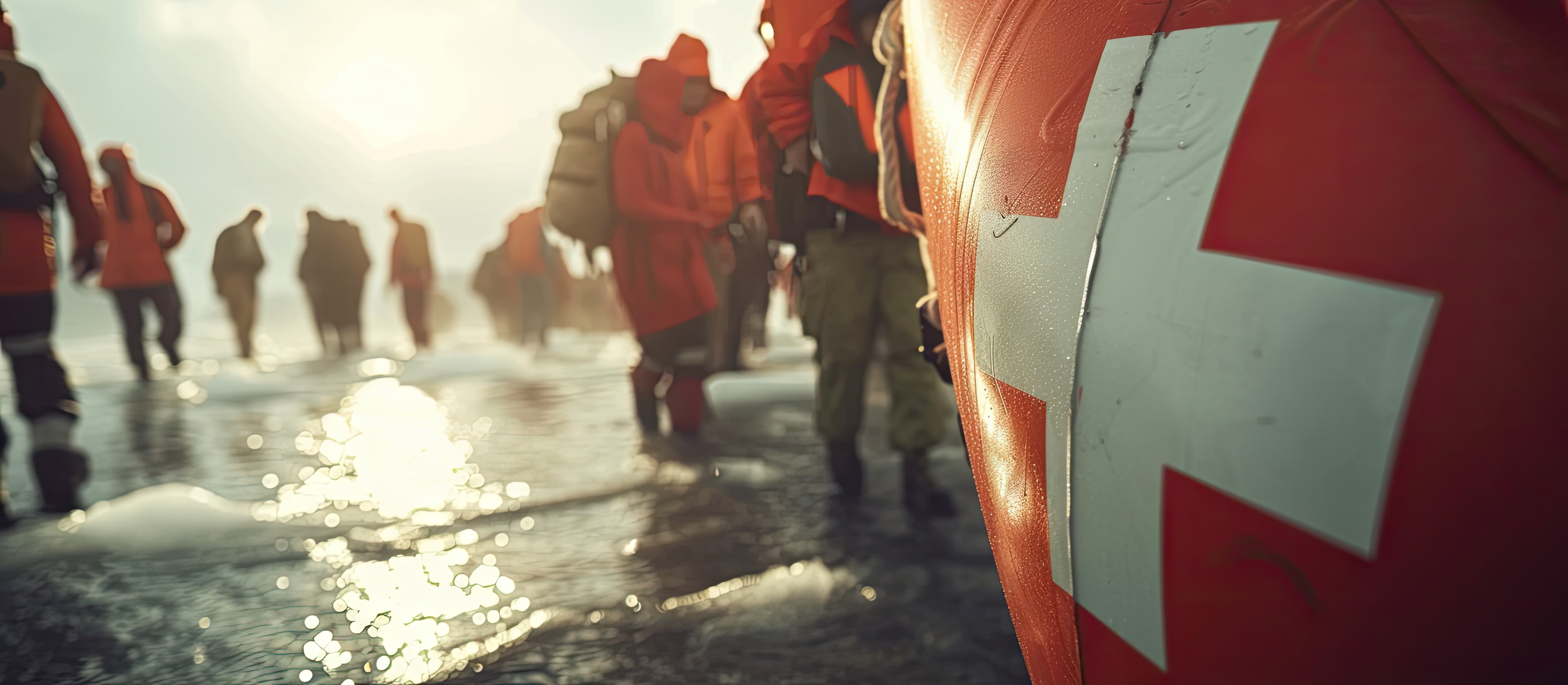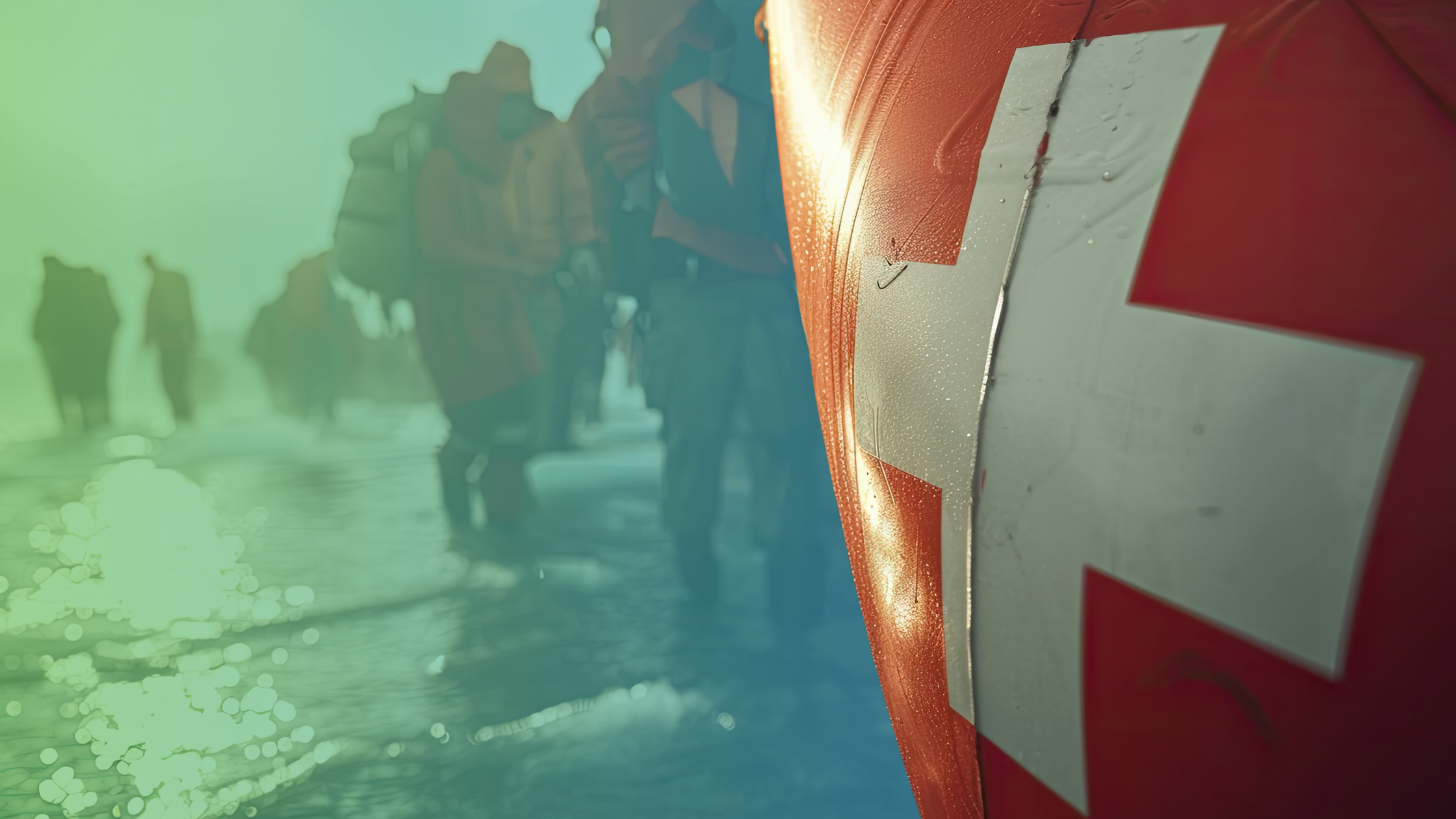While summertime can often bring warm weather that everyone enjoys, there is another side to that coin.
Summer is also when natural disasters like hurricanes and wildfires start to become more prevalent. Obviously, individuals need to know how to protect their homes from natural disasters. But businesses also need to have a plan in place for keeping employees safe should something serious happen. While no two natural disasters are ever the same, let’s look at some of the ways that a business can be best prepared for a natural disaster, making it easier to cope should one strike.
Identify Potential Threats
The first step in being prepared for a natural disaster is understanding what natural disasters you need to be prepared for. If you’re in the middle of the country, there is no sense in preparing for a hurricane. Likewise, if you’re in a hurricane-prone area, you probably don’t need to be prepared for a blizzard anytime soon.
Businesses should simply create a list of possible disasters, ranking them by both severity and likelihood. It could be a hurricane, tornado, flood, earthquake, fire, or any other type of natural disaster. You must know what type of disasters could befall your business because your response could be different for different types of disasters.
Assess Preparedness
Once you know what natural disasters are most likely to be a problem for your business, the next step is assessing your readiness. What would happen if a disaster were to strike today? Would you be able to sustain core business functions? Would you be able to protect employees and keep them safe from danger? By asking these questions, you can assess your preparedness and learn more about what needs to be done moving forward.
Create a Disaster Response Plan
After gathering information about potential disasters and your level of preparedness, you can use that information to create a formal disaster response plan. As mentioned, some of the details of this plan may need to be changed for different types of natural disasters. But the main parts of your disaster response plan should be the same.
There should be contact lists, evacuation plans, and clear steps for everything else that would be needed to properly deal with a hurricane, earthquake, flood, wildfire, or any other disaster. The main purpose is that everything is written down and formalized so there that is no uncertainty about what needs to be done before, during, and after a natural disaster.
Define Roles and Responsibilities
Part of a disaster plan is giving employees clear roles and responsibilities. Do employees know who should be contacted in an emergency? Do they know how to shut down critical pieces of equipment that need to be turned off during an emergency? Will certain employees be responsible for providing first aid or monitoring the well-being of their co-workers? The point is that a natural disaster is bound to disrupt normal business operations. When that happens, the roles and responsibilities of every employee will change and they need to know exactly what those changes will look like.
Communicate Plans
Once formal plans have been drawn up and employee roles defined, everything needs to be communicated to everyone in the company. After all, that’s why it’s critical to write everything down. Employees need to know what’s expected of them and the order of operations that needs to be followed in an emergency. Even a great disaster preparedness plan is meaningless if employees don’t know how to execute it. This may require meetings and drills until it becomes clear that everyone knows what to do and that the response to a natural disaster will be as smooth as possible.
Practice Evacuation Drill
The most universal type of drill that businesses need to conduct is an evacuation drill. This will likely be similar to a standard fire drill, although it might be necessary to tailor an evacuation drill for different types of natural disasters. Is the procedure for a fire evacuation the same as an earthquake or a tornado? It’s possible that different emergency or evacuation procedures need to be followed for different disasters.
The key for company leaders and safety supervisors is conveying the differences in approach for various types of disasters and then practicing them. If employees are receiving instructions on where to go to escape danger while the disaster is taking place, it’s too late and their safety could be in jeopardy because company leaders were ill-prepared.
Secure Power Supply
No matter the type of disaster, a power outage is going to be a distinct possibility. It can happen during a hurricane, tornado, earthquake, or any other natural disaster. Therefore, it’s vital that businesses have surge protectors set up and also have access to a generator or another type of uninterruptible power supply. Whether it’s necessary to continue normal business operations or simply keep employees safe during an emergency, it’s best to have a secure power supply.
Even with a generator, it doesn’t hurt to also have flashlights, extra batteries, and anything else that may be pertinent during a power outage. Always keep in mind how difficult it can be to accomplish anything while the power is out and you’ll understand the need to maintain a steady power supply in the wake of a disaster.
Secure Infrastructure
Depending on the business, certain pieces of equipment or furniture may need to be secured or protected. For instance, heavy items may need to be nailed to the floor so they don’t get loose amidst hurricane-force winds. Other items may need to be moved to higher ground in the event of a flood. If your business is located in an area that’s particularly vulnerable to terrible storms, the doors and windows at your business may need to be upgraded to become more resistant to powerful storms. This is one way that businesses can prepare well in advance for a natural disaster, long before anything becomes imminent.
Create Emergency Preparedness Kits
To be fully prepared for a disaster, businesses will need the right kind of supplies. This should include emergency preparedness kits that employees can use if they’re trapped at work and need to wait for conditions to improve or wait for emergency assistance.
Obviously, these kits should be accessible and available to everyone. They also need to contain things like water, first-aid supplies, nonperishable food, batteries, flashlights, and anything else employees might need to stay safe for an extended period of time while at work. Of course, even if you put these together once, it’s good to check and update them regularly to ensure that they still contain all of the necessary supplies and see if anything in the kits needs to be replaced or updated.
Re-Stock PPE
Maintaining a large supply of personal protective equipment (PPE) is always a good idea. It’s especially critical because a natural disaster could potentially disrupt the supply chain and delay ordering more. This can hinder normal business operations and put employees at risk if they don’t have the right equipment. While preparing for a disaster, it’s a good idea for businesses to double-check their PPE needs as well. Businesses should also think about the types of PPE they might need if employees have to clean up and recover following a disaster. If the aftermath of a natural disaster could change a company’s PPE needs, it’s best to stock up on that type of protective gear before a disaster strikes rather than after.

Backup Your Documents
From a purely business perspective, companies need to have all essential documents backed up long before a disaster strikes. This should include both physical copies and electronic copies. A serious natural disaster could potentially destroy the physical documents that a business uses. But it could also destroy the computers that house electronic documents.
This is where having an external hard drive, a cloud-based solution, or an offsite file storage becomes necessary. If a business doesn’t have backup copies of key documents, it can lead to a great deal of trouble. Therefore, it’s important to have a policy in place that allows all documents to be saved in a way that a natural disaster can’t destroy.
Keep the Community in Mind
Whenever a business is building up its natural disaster resistance, it’s important to be cognizant of the surrounding community. Remember that businesses and residential communities around you will also be dealing with the same natural disaster, putting everyone in the same boat. With that in mind, consider sharing your disaster preparedness plans with nearby businesses so that they can have a model for creating their own plans.
You may also want to consolidate your purchase of disaster supplies with other businesses to save a little money and help them be just as prepared. Within a company, preparing for a natural disaster will be a team effort. But you can also look at it as a team effort in other ways and approach your preparedness with the entire community in mind.

